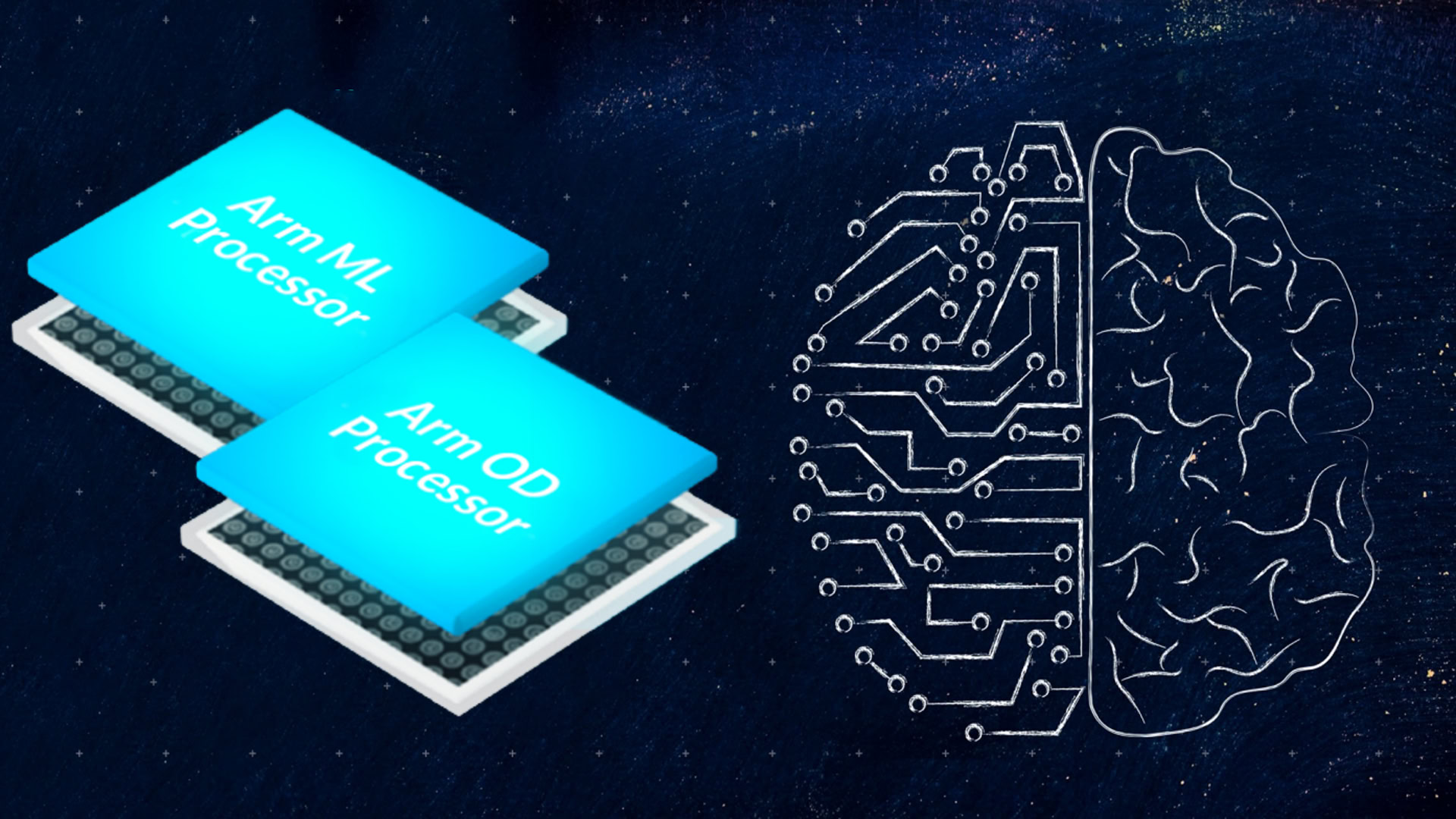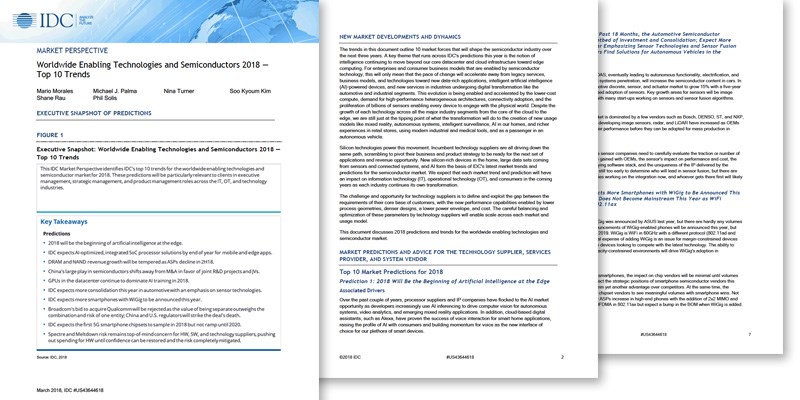Affiliate links on Android Authority may earn us a commission. Learn more.
On-device, power-efficient AI is the next tech frontier

Advances in the use of deep learning have enabled consumers to enjoy products like Google Assistant with high accuracy rates for voice input. However, all these advances have happened in the cloud, on big servers running in data centers.
It works like this: a user asks the digital assistant a question which is recorded and then pre-processed by the smartphone. The data is sent over the Internet to a server. The request is processed on the server and the result is sent back, over the Internet, to the device.
Until now it hasn’t been possible to do all the processing locally, on the device. However, things are changing. Now Machine Learning is starting to take place locally and not in the cloud.
Mobile devices – such as laptops, tablets and smartphones – have one key difference from other types of computing devices: they run off a battery, making power efficiency essential and the choice of processor crucial.
Smartphones are designed to have power efficient CPUs and GPUs. But now a new class of technology is emerging, one that still demands power efficiency, namely on-device Machine Learning (ML) and Artificial Intelligence (AI).

To perform these Machine Learning tasks on the device, smartphones need a Machine Learning processor. Sometimes called Neural Processing Units (NPUs) or Neural Engines, these dedicated hardware platforms enable mobile devices to perform recognition tasks (inference) without using the cloud. This means smartphones can now do local Machine Learning tasks like image recognition or voice recognition without having to send data up to the cloud for some big server to process.
Arm, which designs power-efficient yet high-performance CPU cores as well as mobile GPUs, recently announced a new Machine Learning platform codenamed Project Trillium. As part of Trillium, it announced the new Arm Machine Learning processor plus its second-generation Arm Object Detection (OD) processor.
The new ML processor is not an extension or modification of existing processor components, such as the CPU or GPU. It is designed from the ground up to offer large performance gains for on-device inference using pre-trained neural networks, all within the power efficiency constraints of mobile devices.

5 reasons why on-device AI is the next tech frontier
There are five important reasons why the mobile industry is focusing on this new technology.
- It saves bandwidth. As AI services become ubiquitous, the volume of data sent back and forth to the cloud could explode. Shifting and storing massive amounts of data is extremely costly, but on-device inference reduces bandwidth demands, and minimises cost.
- It saves power, both on the device and in the server room. Since the device isn’t using its mobile radios (4G LTE or Wi-Fi), it will use less power — meaning longer battery life — while still offering AI functions. Since less data will travel to and from the data center, fewer new servers will be needed, saving on electricity usage.
- Latency. There’s an annoying gap between asking a virtual assistant the current time and getting a response. It’s not that the request is difficult, but exchanging data with a server takes time, even for the simplest request. If more of the inference can be done locally, latency will be reduced dramatically, making for a better user experience.
- Security and privacy: every time an ML task is performed in the cloud, potentially sensitive data is sent to a server and back. Local inference removes a lot of concerns around data being intercepted or accessed remotely.
- The yet-untapped potential and promise of locally aware Artificial Intelligence running on-device without needing an internet connection. Once this technology matures there will be new use cases, new innovations, and new “apps” the likes of which we haven’t even imagined yet.
It isn’t just about virtual assistants and clever photo apps
While the use of Machine Learning and Artificial Intelligence in virtual assistants and “AI-enabled” photography apps are highly visible to consumers today, the use of AI “at the edge” (on the device) extends far beyond those applications. Advances in computer vision will also be used in self-driving cars; on-device AI improvements will also impact digital surveillance cameras, smart home cameras, and industrial automation applications. The possibilities are endless.
IDC recently published a white paper identifying the top ten trends among enabling technologies for 2018. According to the report, 2018 will be the year of AI at the edge, which includes Arm’s Project Trillium.

Wrap-up
As we move into a new information age, where Machine Learning and Artificial Intelligence will play an important role, on-device inference with high performance and energy efficiency will become an enabling technology. Arm’s leadership in power efficient designs for high-perform mobile devices means it is positioned perfectly for this new frontier.
Promoted by Arm